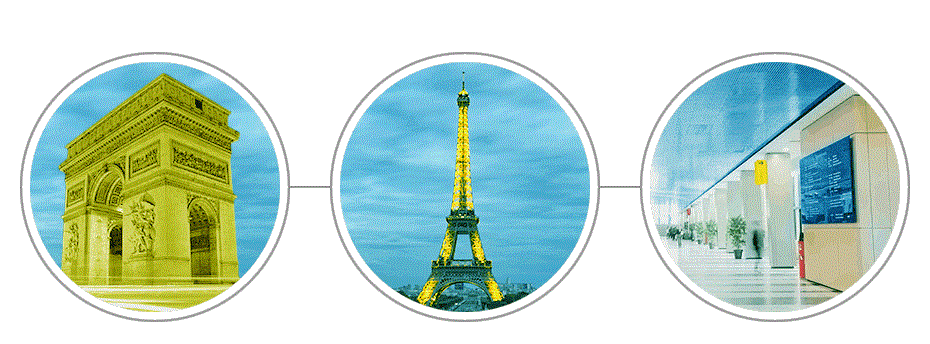In practice, many innovators make the exact same innovation within a short time of each other. Motivated by this empirical regularity, the paper develops an expanding variety growth model which explicitly models firms' choice of a particular R&D project when an endogenously determined mass of many potential projects (ideas) is available. The paper emphasizes the lack of coordination inherent in this decision. These frictions lead to foregone innovation which generates a dynamic inefficiency. It decreases the growth rate and, at the same time, amplifies the fraction of wasteful simultaneous innovation. The economy grows because current innovation permanently reduces the severity of future coordination problems. The model features a "business-stealing" effect that induces over-investment in R&D as compared to the second-best. Implementing the constraint-efficient allocation requires a tax on R&D activities. Coordination frictions are of particular interest in the current context. The analysis suggests the inefficiencies associated with these frictions may be quite large in practice. The paper also analyzes firm-level data on patents which provides strong evidence in support of the ubiquity of simultaneous innovation.



